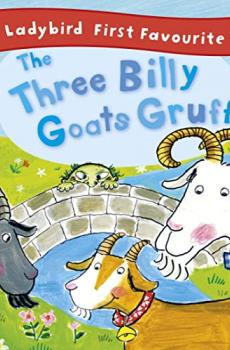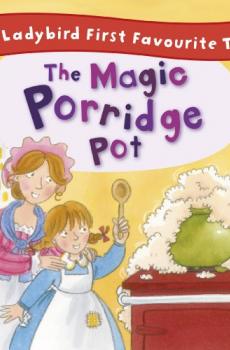The Curry Cook's Assistant or, Curries, How to Make Them in England in Their Original Style
The Curry Cook's Assistant or, Curries, How to Make Them in England in Their Original Style
Log in to download this book.
| Publisher | unknown |
|---|---|
| Accessible book producer | Public domain |
| Published year | 2010 |
| Coppy right | Unknown |
With much thankfulness to Mr. A. Egmont Hake for his kindness in writing a preface for my first book on Curries, and great credit is due to Saturday Review and humble respect is due to my two masters, Shand, Haldane & Co., of London, who brought me over to England and Scotland, with four other servants, and allowed me to publish a little book to make my desired little fortune, which is highly creditable. From the first edition of 500 copies I fully sold 400, and another hundred copies presented to friends in England and Ceylon. My intention in publishing this second edition is that I have given too little recipes and information in my first book for sixpence each copy. Though I thought it is worth making it an enlarged and revised edition for same price this time, I should like to give good many recipes for making a Curry, and give the names of all Meat and Vegetable in English and Tamil. In each heading of Curries two sorts of ingredients are given—one to be procured in England, the other in Ceylon; and also each Curry will be properly instructed. I have tasted the Curries made by Bengalee, etc., on board of steamers and on shore. They use proper Curry Stuffs, etc., but they flavour it too much; using plenty of ghee and fat mutton, etc.,—these spoil the taste. Just the same with Bombay Curries, but in Madras is the only place you could taste a proper Curry, and also in Ceylon, as a good many cooks of Madras Presidency came to Ceylon several years ago and spread out the art of general cooking in Ceylon. I believe at first the cooking business was instructed by European cooks. At present there is too many cooks in Ceylon; almost every butler, appoo, second servant, kitchen mate, groom, etc., knows to cook a English dinner!!!
Now we shall go on with our Curry business. I recommend to try Curry Powders from several grocers. The best Curry Powder is made of coriander seed (which could be got from the chemist's), saffron, dry chillies, cumin seed, few mustard seed, few pepper corns. If the Curry Powder contains all the above, it is a good Curry Powder. Some Curry Powders tastes of acid, flour, and other mixtures, which I believe is unwholesome in every means. The Tamils use tamarind for the acid taste. To every brown Curries the Singalese use Gorakka[1] (a sour fruit), slightly dried, and lime juice to their yellow Curries. There is much different taste between a Singalese Curry and a Tamil Curry—the taste just differs the same as a Madras beef Curry, No. 4, and a potato Curry (vegetable). The Curries should be treated same as a ordinary entree. If one article you had too much, it will spoil the whole Curry. If the meat over done, no taste in it. If you have all Curry stuffs, etc., at hand, could make a Curry Sauce in ten minutes the longest, and can warm up any meat for table in it (I mean the brown). The white Curry Sauce is not suitable, unless for a vegetable or fish.
I could give several other recipes to Curries, but the above said sixty will be quite sufficient. If you carefully tried the above said Curries will be found most economical.
A Madras woman can beat any other Indian woman in Curry cooking. In several gentry's houses in Madras, etc., they keep a woman to make Curries and prepare vegetables for table—we call her “Thanney Kareyitchi”—besides the cook and kitchen matey.
The Madras Curry always the best, much different than a Bengal or Bombay Curry, to my opinion.




